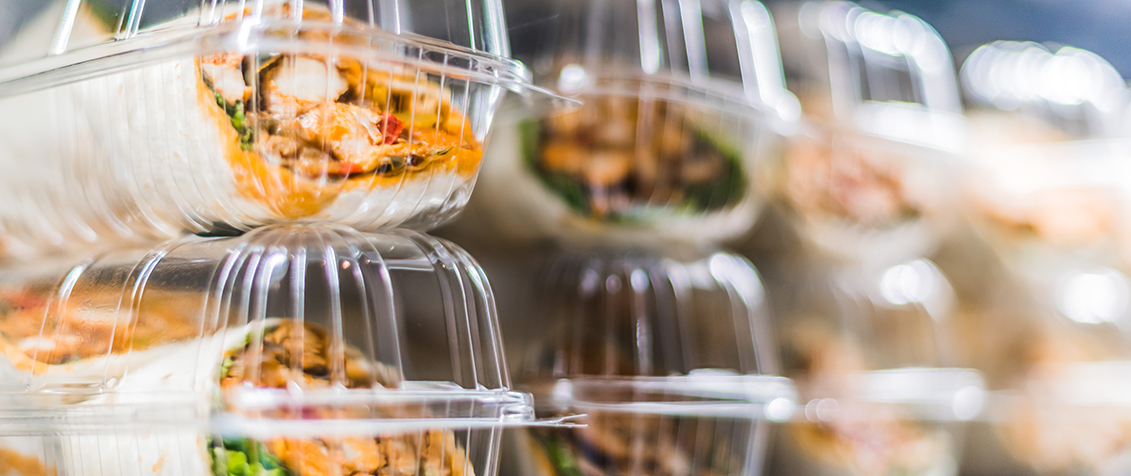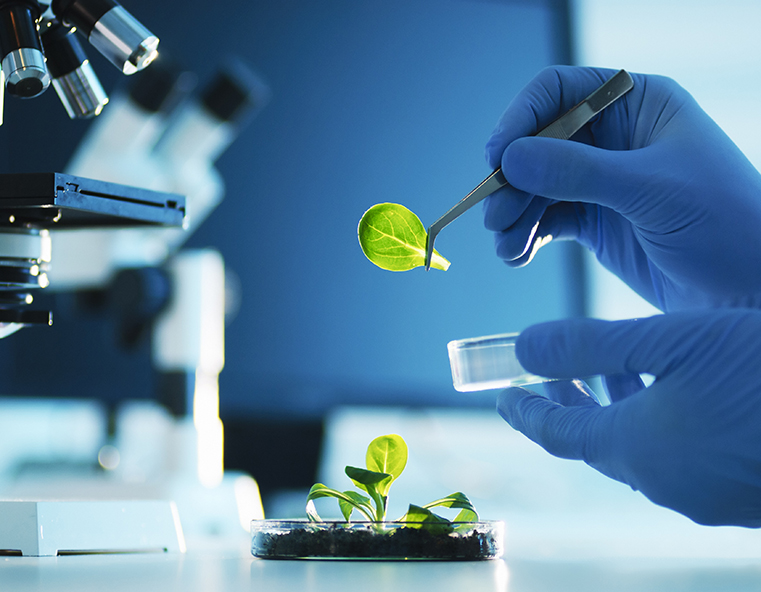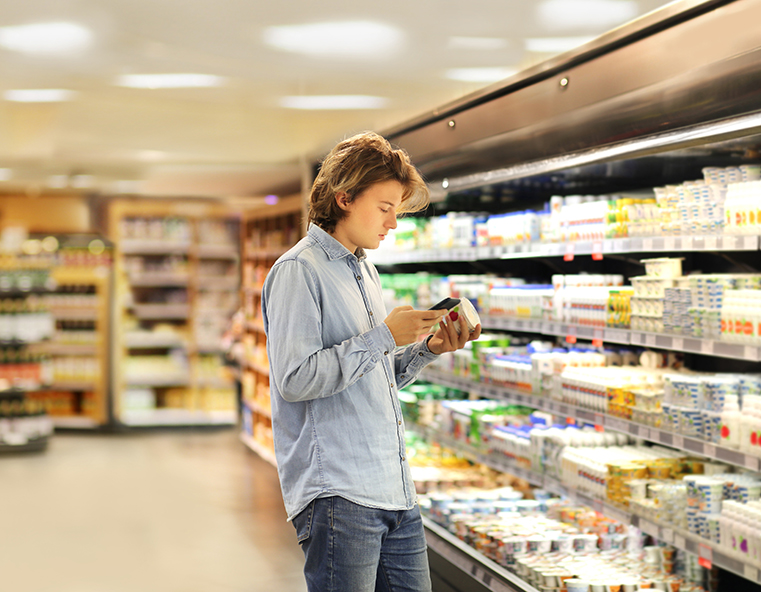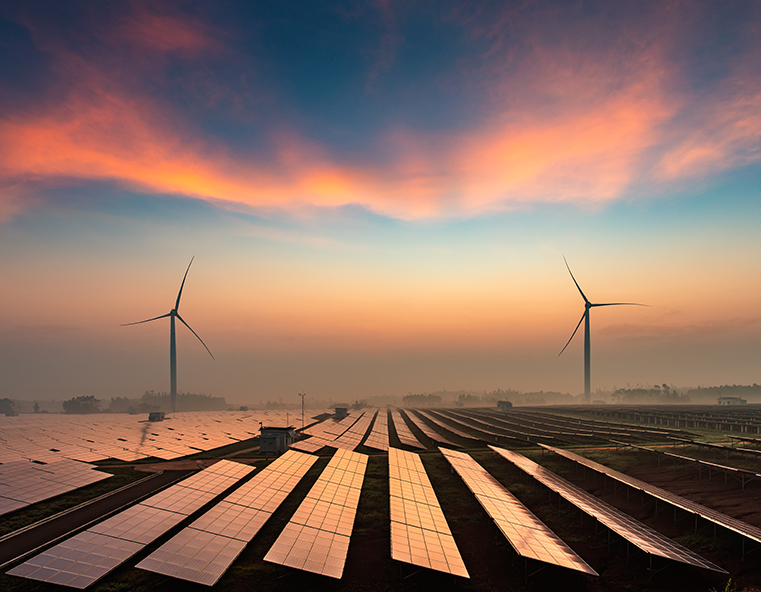In a nutshell
The food and beverages (F&B) sector accounts for about 3% of India’s GDP and 2/3rd of the total retail market in the country. It is the single-largest employer in the country, with a workforce of more than 7.3 million. Revenue in the F&B business segment is estimated to grow at a CAGR of 14.2 % between 2020 and 2024, with the projected market volume placed at USD 1,26 billion by 2024. The sector faced significant losses after the onset of the Covid-19 pandemic but is now on a path of revival.
F&B is considered the fastest growing industry in India with several factors driving the growth such as rapid urbanization, changing lifestyle and food habits of India’s growing population, and increasing household consumption rate. The industry constitutes 30% of household spending in India with the number of users estimated to reach 346.9 million by 2025.
The growth of the industry is in no less measure supported by the ample availability of raw materials in India. India is the largest producer of milk, spices, and pulses, and the second-largest producer of food grains, fruits, and vegetables. Given the vast growth potential of the sector, the government is working on a strategy to diversify India’s export basket to enhance India’s position in international trade as well as to increase the country’s revenue.
The Indian F&B industry can primarily be divided into three categories: the agri-products sector, the food processing industry, and the food retail sector. India’s food processing sector is one of the largest in the world, and its output is expected to reach USD 535 billion by 2025-26.
% share of GVA of agriculture and allied sector to total economy
Share in total
employment
Share in India's exports
Cropping intensity
Our Experience

Food and Beverages
Partner Search
Organizing B2B meetings and innovative/educative site visits for a Brazilian Trade and Investment Promotion Agency looking to partner with Indian food and beverages companies.
Know MoreLatest Updates
PLI Scheme for food processing formulated with USD 1.44 billion outlay
The Ministry of Food Processing Industries has established the Production Linked Incentive (PLI) program for the food processing industry with an outlay of US$ 1.44 billion. The initiative aims to improve India's industrial capabilities while also increasing exports.
The scheme is divided into three parts:
- • The first component focuses on encouraging the production of four important food product segments: millet-based foods, processed fruits and vegetables, marine products, and mozzarella cheese.
- • The second component is designed to encourage SMEs to develop innovative/organic products in all four food product groups mentioned above, including free-range eggs, chicken meat, and egg products
- • The third component is help for branding and marketing in foreign markets to encourage the development of strong Indian brands.



















